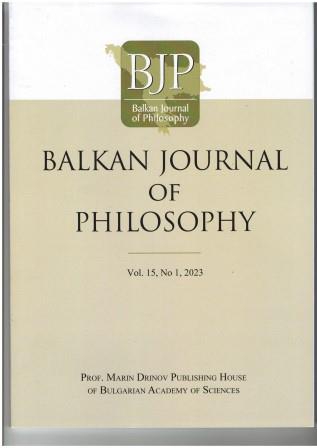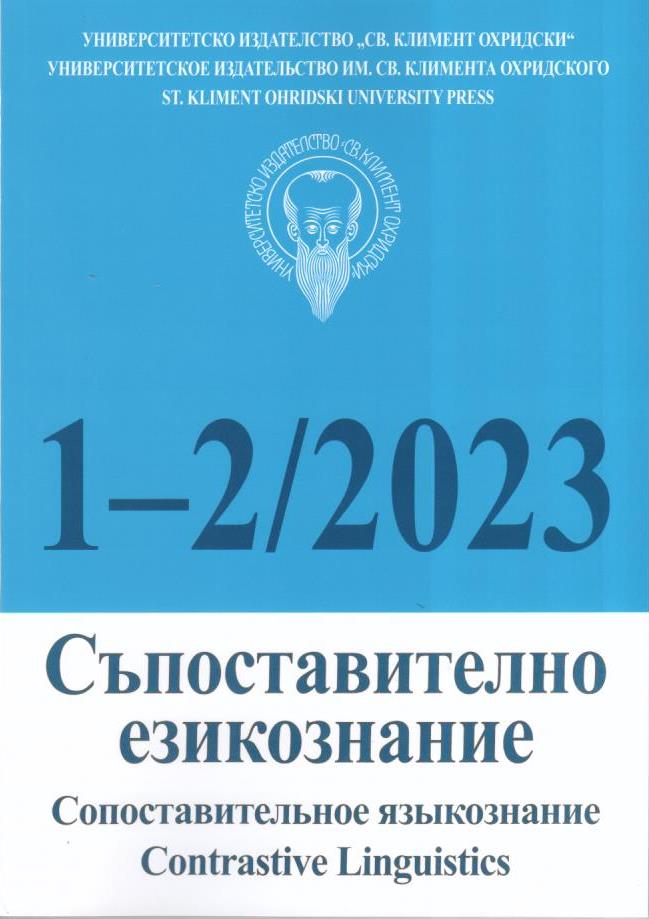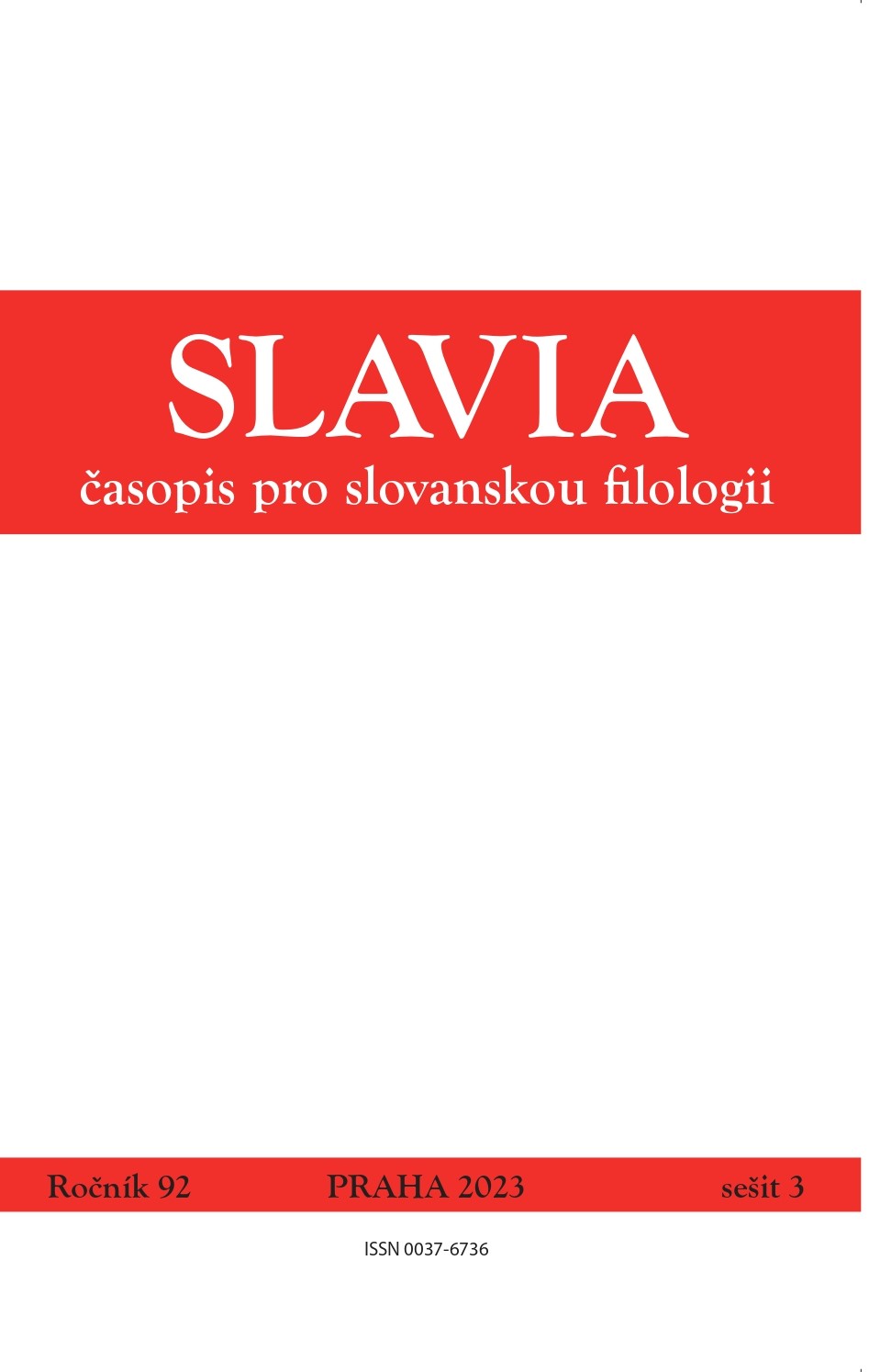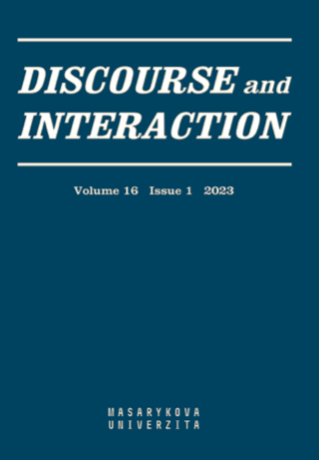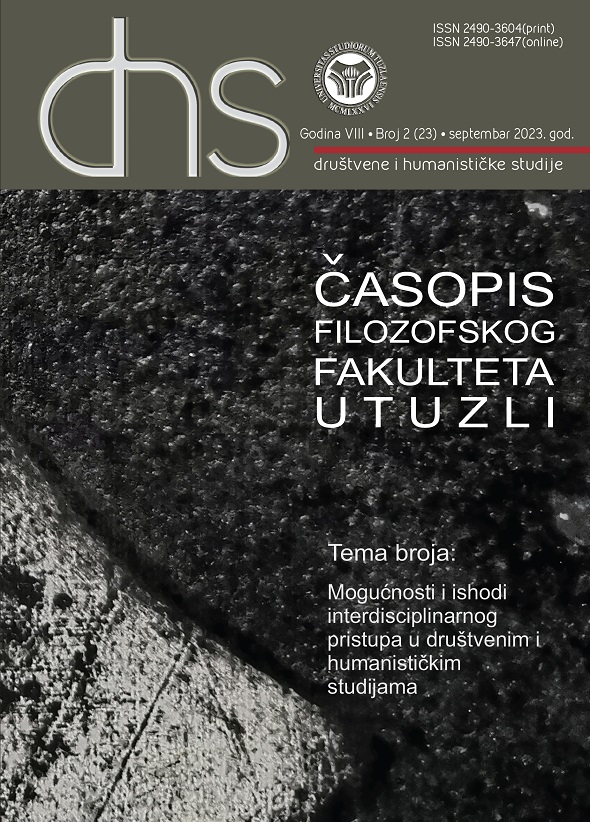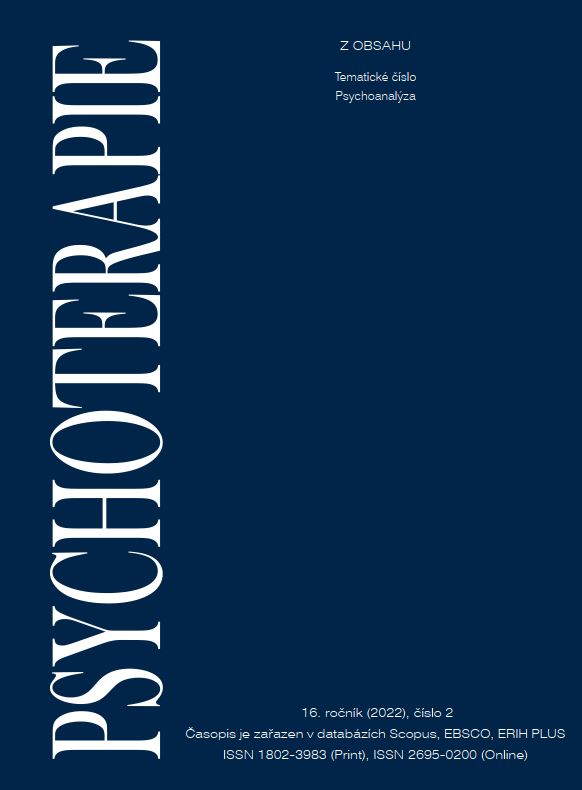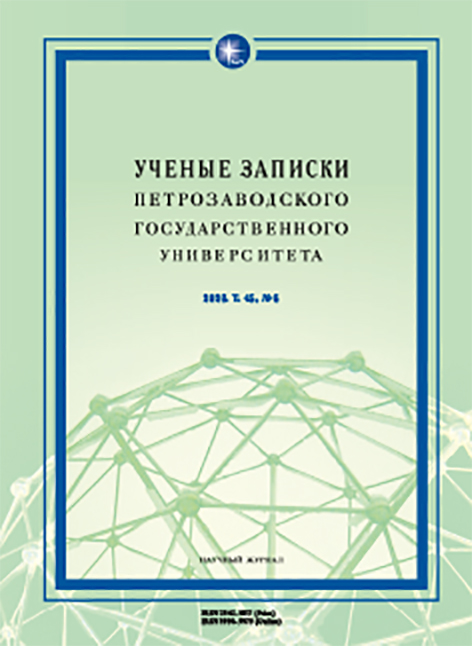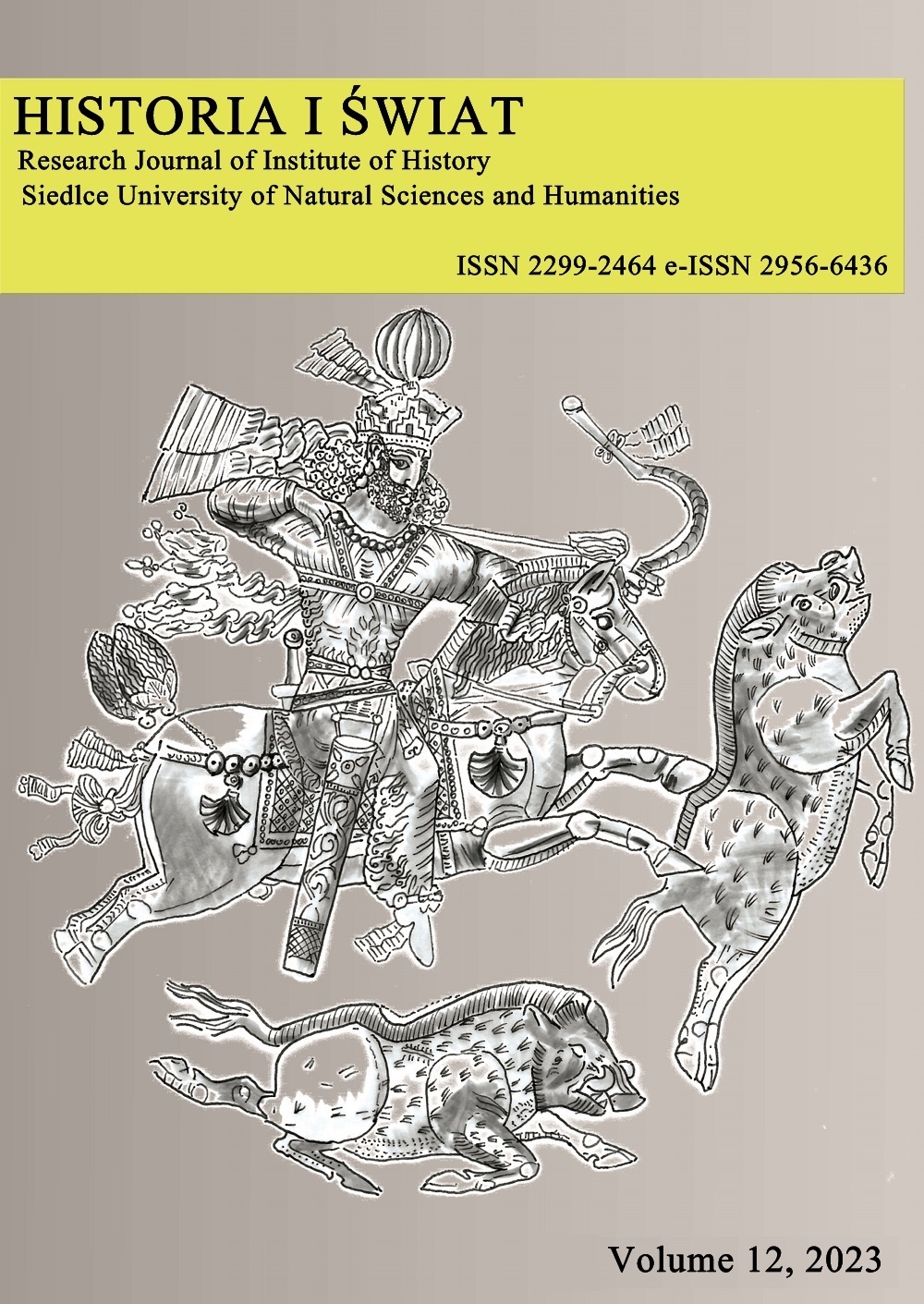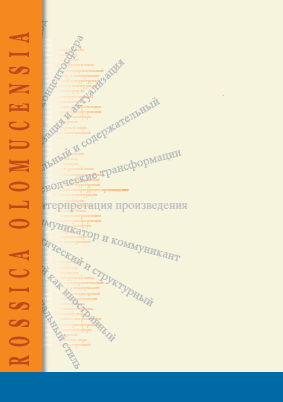TEACHING TRIP AND EDUCATIONAL SOFTWARE
The teaching trip, as organizational form of teaching, is situated at the border between formal and non-formal education. An adequate teaching scenario for a teaching trip can place this activity in the field of formal education definitely. In educational terms, non-formal educational trip makes from itself, an attractive, dynamic and consistent activity, strongly influenced by technical memo elements, which combines intuitive scientific argument, rigorously and systematically. The paper aims to implement in an unitary teaching scenario, the attractive and spectacular elements specific to the educational trip, with the ones of formal teaching, leading to a logical project of educational software, which constitutes a turning point in the designing learning programs. The teaching scenario of the learning program allows to the student, to approach scientific context of the lesson, intuitive initially, afterwards using traditional teaching methods and procedures, as exposure, demonstration, explanation and also, to be presented the scientific content to the student, systematically and organized. The learning program creates a virtual scientific space and allows the student to explore and discover new content elements in a logical and intuitive context. Prospective manner places the student at the center of cognitive context, maintaining and feeding its interest for scientific content. The logical sequence of content elements generates a succession of visual frames for the virtual scientific space of the lesson. This script element of didactic scenario is inspired from the trip didactic. The teacher, who intervenes with rigorous explanations supported with audio, video or text format arguments, is the guide of the student in the virtual space of lesson. A return in similar contextual frame offers the possibility of implementation, a sequential feedback and formative assessment, in the learning program. The new manner of designing the learning programs, presented in the paper, allows an easy removal from the paradigm of instruction centered on student and an approach to the paradigm of learning based on resources.
More...
